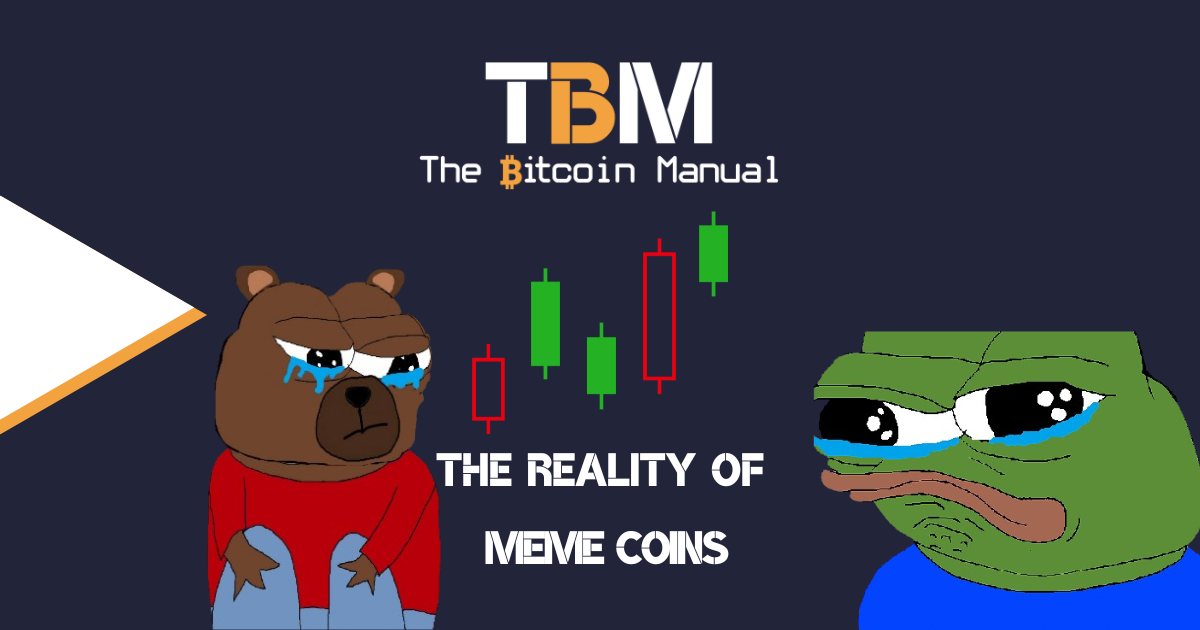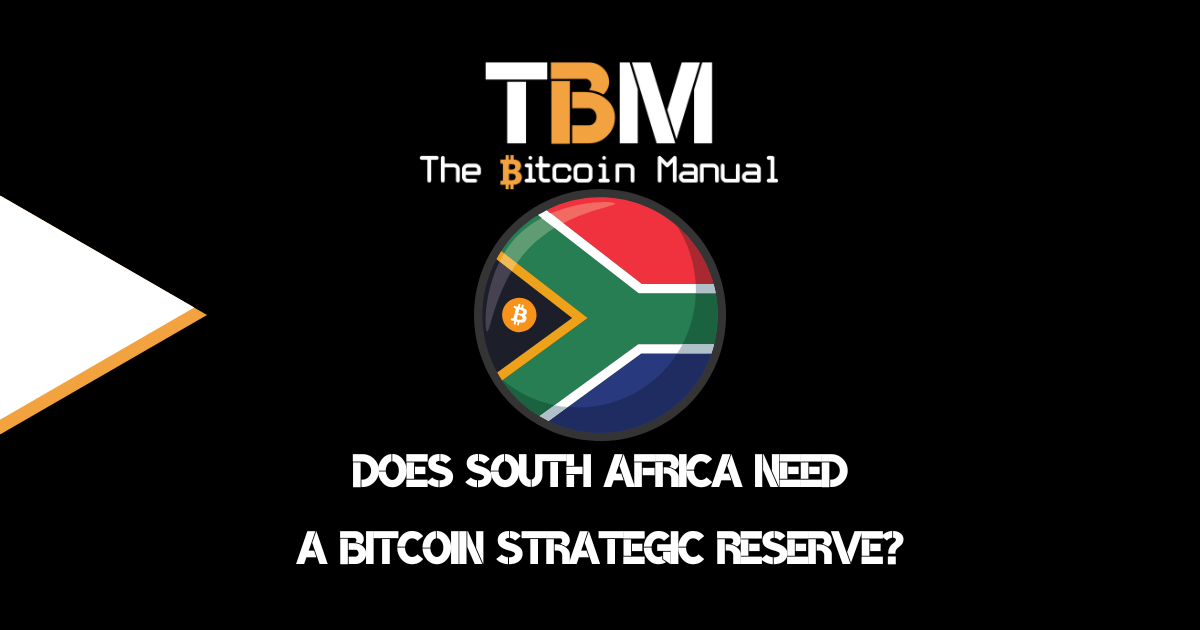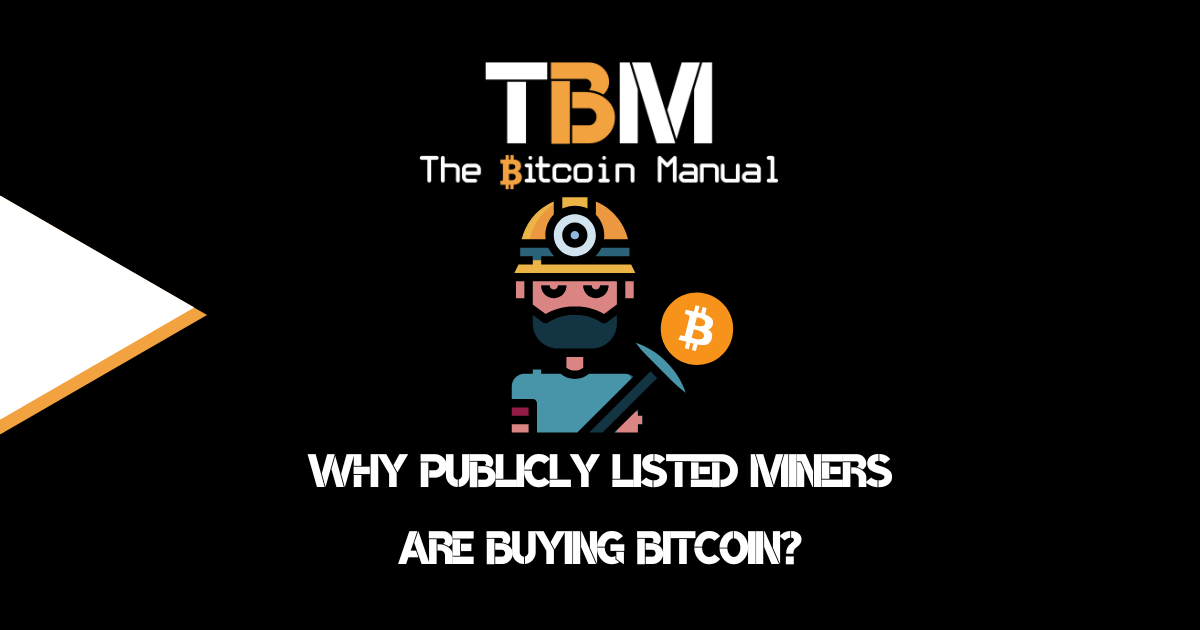The world of Bitcoin is a wild ride, and we all have to forge our own path, form our own opinions, and build our convictions in our thesis. Eventually, if you put in enough work, you will find out that Bitcoin is the only way to do it.
If you don’t bother to do your research and dig deeper into this financial revolution and your goal is flipping fiat for a quick return, you’ll end up disregarding Bitcoin and heading straight for the shitcoin casino.
The shitcoin market has something for every degenerate gambler with $10 or more to lose; this market is filled with unregulated securities, offers you considerable promise of life-changing returns and sitting at the peak of this risk curve is meme coins, the ultimate financial rollercoaster.
These digital tokens, inspired by internet jokes and fueled by online hype, have captured the imagination of many investors. The memecoin trend is fueled by hype, careless financial advice; (yes, bad financial advice is still financial advice, despite those bullshit disclaimers), and vultures in the form of coin creators and influencers all forming part of the memecoin industrial complex, laying out a minefield and expecting you to navigate it poorly.
Yes, I know I sound like a close-minded maxi, and you’re not interested in my ramblings, but before you jump on the doge train (or whichever animal is the latest craze), it’s crucial to understand the dangers of meme coin trading and how it feeds into an alarming trend:
Financial nihilism.
4. If you’re looking for further proof of my point about financial nihilism, look no further than gambling trends. They are staggering. pic.twitter.com/kYw8Eq3HgO
— Travis Kling (@Travis_Kling) February 2, 2024
Removing the veneer of innovation
When I found my way into Bitcoin back in 2015/16, I was grossly ill-prepared for what was to come during the ICO bubble of 2017, and I fell for all the shitcoin promoter pitches of new technology.
Every project that launched that year had to pick a niche or problem and claim they would solve it with a token; that’s still the case today; you can look at all the false promises surrounding tokens, but back then, many of us were complete simpletons, thinking that problem + token = profit.
As the saying goes back in 2018 after the bubble popped:
Came for the tech, stayed to get rekt.
As the market matured, those narratives of improving on Bitcoin started to get stale, and eventually, the creative marketing pitches started to fall to the wayside and made way for a far more honest market, that is, the meme coin.
Memecoins are based on a joke; everyone gets that from the jump; there is no value capture, only chasing of capital flows hoping between coins; shitcoins are the same thing; it’s just that their problem-solving solution is the joke.
Was your token and chain really going to solve social media, logistics, or file storage?
No, that was all a meme anyway, so cut the bullshit.
The Perilous price of a Meme
The reason people want to trade shitcoins is because it promises the craziest price action you can find on your mobile phone, and for the price of a few tokens, you can ride the wave.
Meme coins are infamous for their wild price swings; they provide the most volatile option for dopamine-craving traders.
Unlike established Bitcoin with underlying technology or real-world applications, meme coin value relies heavily on social media buzz and celebrity endorsements.
One tweet can send the price soaring, and another can cause a dramatic crash. This unpredictability makes them a risky investment, with the potential to lose everything you put in.
Pump and dump city
Meme coins are a prime target for pump-and-dump schemes. Here’s how it works: whales (investors with massive holdings) artificially inflate the price through coordinated buying and social media hype.
Once the price reaches a peak, they cash out, leaving everyone else holding the bag as the value plummets.
Utility? What Utility?
Meme coins have no real-world usability or a clear purpose beyond being a speculative gamble. This means their value is purely based on what someone else is willing to pay for them, creating a bubble ripe for bursting.
They are pure speculation and sentiment trackers with an air of unpredictability; that is, the utility.
Financial Nihilism: Apathy or Apocalypse?
So, why are meme coins so popular despite these dangers?
It might be a sign of a growing trend—financial nihilism.
Frustrated by traditional financial systems and jaded by the market’s complexity, some investors are embracing a “what have I got to lose?” mentality.
Look, I get it; if you’re part of the millennial or Gen Z cohort, you were handed a shit sandwich when it comes to building wealth, and when needless consumption is thrown in your face constantly through social media, you feel as if you’re falling behind and you are desperate to catch up.
Investing or saving is not fun, it’s not glamorous, and it takes a lot of discipline and a low time preference. This is made even harder when you’ve only got a few hundred dollars at the end of each month, and you’re looking to build wealth.
Giving up your Avo toast or weekend bender for the chance of earning a 5% annual return doesn’t seem life-changing, and compound growth sounds like a pipe dream.
What’s the bloody point of making 5-7% on a few hundred dollars, especially when inflation is higher than it’s ever been?
You’re just falling behind.
If you’re going to make it out of this quagmire you find yourself in through no fault of your own, you need that 100x or that unicorn 1000x with your tiny capital allocation to make it worth your while.
But to get unbelievable returns, you need to take inconceivable amounts of risk.
Meme coins, with their quick wins and potential for viral fame, become a gamble, a way to break the system, or perhaps just a way to watch the world burn (financially speaking).
While you feel the world is burning, the solution shouldn’t be setting your money on fire, yet here we are, watching people jump into the fire close-fisted, yelling diamond hands.
Survivorship bias is a hell of a drug
Social media is a land of curated perfection.
People are likelier to brag about their meme coin windfalls than their colossal losses. This creates a skewed perception of success, making it seem like everyone’s getting rich except you.
This bias fuels the “fear of missing out” (FOMO) mentality, pushing people to invest in meme coins before the party ends.
Disappearing acts
When a meme coin crashes, those who lose money are less likely to broadcast their misfortune online. The losers of the latest round of meme coins are either too busy licking their wounds and dealing with the repercussions of losing cash or possibly sitting at the bus stop late for their shift at McDonald’s.
Either way, loss porn is often missing from the discussion or buried under the hype of the next Ponzi, and those who still have some disposable income to roll the dice ignore those fallen comrades because the next pump will be their ticket to Lambos.
The overwhelmingly positive sentiment reinforces the illusion that everyone’s making money, further inflating the bubble and keeping the suckers coming back.
Just woke up and realised I got liquidated overnight.
— Crypto Nerd (@cryptonerd75) April 12, 2024
I was 3x long PEPE.
I lost everything I had.
I don't even have $1000 in my bank account but had $1M in binance.
I have been in crypto since 2017.
Today I lost everything.
Feel like doing suicide 😭😭$PEPE $BTC pic.twitter.com/XAZeatuWW7
Bandwagon mentality
Humans are social creatures. When we see a large group of people doing something, we tend to assume they know something we don’t, especially when we see social proof, which is pretty easy to fake these days yet still very effective.
This herd mentality is amplified on social media, where the sheer volume of posts about a meme coin can make it seem like a surefire bet.
Influencer Illusion
Social media celebrities and influencers often endorse meme coins, leading followers to believe it’s a legitimate investment opportunity. However, these endorsements are often paid promotions or part of perverse incentives to generate exit liquidity.
These paid shills are not your friend; all they’re trying to do is get rid of their allocation of coins and leave you stuck in a shitcoin honeypot.
A dangerous cocktail
The survivorship bias and social proof create a perfect storm for reckless meme coin trading. People see others making money (or at least that’s the perception) and pile in, disregarding the inherent risks.
Social media amplifies this effect, making it seem like everyone’s getting rich quick.
The reason why some people make out like bandits in the meme coin game is that most of those investors don’t make out with anything; it’s a zero-sum game.
This madness can go longer than many can stay solvent or rational and even lead to a situation where even savvy investors get caught up in the hype, chasing the next big thing before it’s too late.
Greed is a funny old thing; even the most seasoned investors can fall for these fugazis.
The meme is dead; long live the meme
Meme coins are the investment world’s equivalent of a dad joke on repeat.
The “community” relies on derivative concepts to keep the short-term trader attention cycle going.
Doge was funny a decade ago, but why do we need to follow up Doge with Shiba Inu in the previous cycle and now milking the same tired formula with Dog Wif Hat?
It’s all so tiresome, using cheap internet hype to get some attention, and It’s time to retire this one-trick pony.

Don’t turn your financial dreams into a meme.
Meme coins can seem fun and exciting when looking in from the outside, but so can gambling.
If you’re going to throw away your money on a dice roll, by all means, go into it with that mindset, but to say they’re a risky investment with a high chance of burning you is an understatement; in fact, it’s an insult to the term investment.
A #Bitcoin Classic
— RŌNIN (@ronin21btc) July 3, 2023
🥹🧡 pic.twitter.com/BD7Zbagm7r
Before you dive in, understand the dangers and be wary of the allure of financial nihilism. Meme coins are a product of a toxic trend, and the damage they do to participants might only be felt in the coming years as the losses compound.
While meme coin traders think they’re always one trade away from bagging the million, they’re equally one coin purchase away from a devastating liquidation or rug pull.
Hopefully, I’ve given you something to think about before you click buy one another dog coin, and perhaps you’ll consider a more sustainable approach to building wealth going forward.
Remember, responsible investing always takes time, work and consistency; even if it’s not as meme-worthy, it works.




